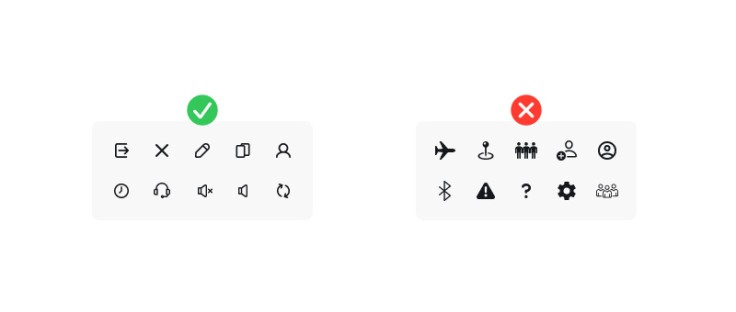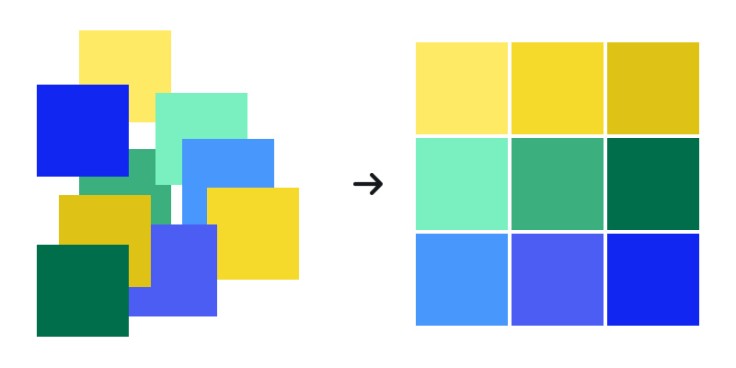
Technologies and how users interact with products keep evolving at a breakneck pace. The product design process never ends, even when your product reaches maturity. That is to say, creating a world-class product design is not a linear process.
Designers are not robots. They are simply unable to work at their peak productivity 24/7. While creativity cannot be forced, it can be nurtured. We have compiled five helpful tips for those who want to create truly outstanding products.
Mikhail Kurakin, OpenWeb, and Urban Connect AG Product Designer - exclusively for Science Times.
User-Centric Model
Product design is the process of thinking, creating, imagining, and iterating products to meet market demands. Therefore, a deep preliminary analysis of your target audience, their needs, expectations, habits, desires, behaviors, and frustrations is a vital focus on.
'People ignore design that overlooks people,' says Frank Chimero, a renowned New York illustrator. This quote perfectly captures my first tip, which is design user-centricity. Embracing a human-centered, user-centric approach is crucial in achieving desired outcomes when designing a product. Ensure your concept includes solutions and features that solve your customers' pain points before you start working on a product. The following questionnaire may inspire you to dig deeper:
What are your customers' insights?
How may you turn those insights into potential features or product ideas?
What hypotheses may you formulate?
How to embody those hypotheses into a prototype?
Will your product eventually deliver something truly unique to your audience?
Assess efficiency through a variety of methods. Carefully analyze the results of surveys and determine if the final product aligns with your audience's needs. Get to know your users through interviews, polls, and surveys. If your product already exists, focus groups can provide valuable feedback. At OpenWeb, where I serve as a Product Designer, we have perfected this process. Product managers consistently engage with customers, particularly those willing to test new features. Moreover, we have various internal processes to trial new options for ourselves, enabling us to quickly discard those that do not align with our goals.
Well-Balanced Team
Product design encompasses a diverse range of disciplines, thus product teams often consist of professionals with distinct roles working towards a common goal. These roles include user experience (UX) and user interface (UI) designers; graphic designers who create graphics, icons, logos, and other visual elements of the product experience; motion/animation designers who bring art concepts to life; UX researchers who understand customers and provide customer insights, run usability studies, and present prototypes and mockups for feedback; among others. It is worth mentioning that in addition to designers, teams also include various analytics, developers, testers, prototypers, and managers.
A well-rounded design team can take a product from early-stage ideation to a functional and valuable final product. While the specifics of the product design process may differ between companies, designers generally follow a similar creation algorithm that includes the following:
Market research
Defining problem
Offering solution
Building prototype
Testing solution.
My second tip is that you should learn to unify your team's efforts throughout all stages of the process. Cultivate and improve the skills of each team member to enhance the overall impact of your team. Never underestimate the power of brainstorming as spitballing unconventional solutions with your colleagues can lead to surprising discoveries.
Maintaining a balance between senior, middle, and junior team members is essential. At OpenWeb, we typically have a team composed of a head, two senior designers, one middle, and one junior designer. The lead manager effectively assigns tasks based on the level of designers and facilitates regular weekly calls for feedback from colleagues. So, it's necessary that you encourage friendly and productive competition to generate ideas. Constantly nurturing new motivated talents is a long-term investment worth spending time on - doing so ensures future growth and development with a cohesive, talented, and skilled team of professionals.
Monotonously But Consistently
My third tip pertains to the routine of a product design team. In practice, product designers often spend a significant amount of time and energy on routine tasks that only require mechanical skills. This can leave little time and energy for the more valuable aspect of their job: tasks that require creative thinking.

To allocate more time and energy for creativity, I recommend embracing patterns. Automation is paving the way for innovation, and efficient companies use pre-made solutions, design systems, and tokens to solve most of their daily tasks with existing, consistent patterns. This allows the team to spend more time creating unique, visually striking, and thoughtfully designed products. Furthermore, acting consistently and in a repetitive manner can accelerate the speed of processes and prove to be highly cost-effective.
Team-Oriented Homework
Product design work consists of three main parts of development, which are:
Visual (the aesthetic concept embodying the brand philosophy)
Usability (the process of creating a seamless user experience, including prototyping and user testing)
Usefulness (defining the features a product needs to solve customer problems).
Each stage, particularly when creating a product from scratch, may involve numerous small bugs and errors that can impede progress without compromising the product's overall operation. My fourth tip is to identify these vulnerabilities, keep a record of them, and consistently and regularly address them before they become major issues.

At Urban Connect, where I'm part of the design team, we dedicate a week every three months to fix errors and bugs. Developers refactor the code, and we improve the design system, thus avoiding a negative 'legacy' that could potentially hinder our work in the future. In my opinion, this maintenance should be an integral part of every design routine, as important as the work itself.
Get Rid of 'Blind Areas'
Every product designer has likely encountered a 'blind area' at some point - a situation in which one feels stuck in the middle of a process, on the brink of emotional burnout, with a decrease in motivation and no clear plan on how to proceed efficiently. My fifth and final tip is to clearly define your product's principles and values and establish a communication ritual for every new project within your team. These principles will guide you during moments of uncertainty and aid in making sound decisions.
Moreover, such an approach can reveal systematic gaps and weaknesses that should be taken into consideration. Providing artistic freedom can play a crucial role in unlocking your team's creative potential.









